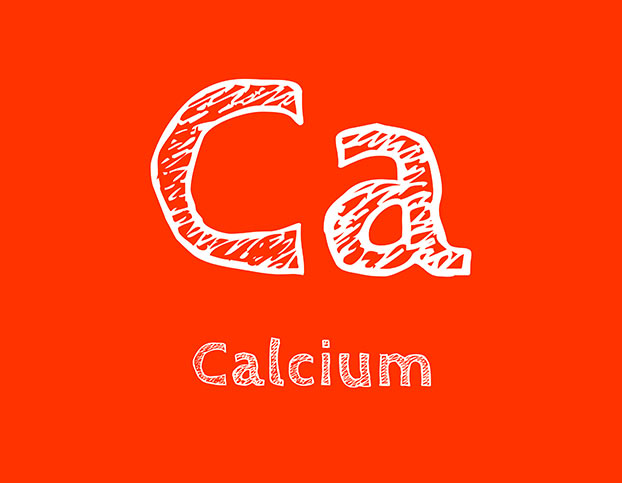The parathyroid glands have always lived in the shadow of the thyroid gland. In fact, the parathyroid glands have quite the identity crisis being not as well-known as the thyroid gland. However, although little, these glands have a mighty impact on a healthy life. Read on for 10 facts about these little powerhouses that you might not know.
- There are four parathyroid glands located in the underside of the neck. Two glands are located on the left side of the neck, and two on the right side. The glands are closely associated with the much larger (and more famous) thyroid gland, being either embedded within the thyroid gland, or lying on the surface of the thyroid gland. The size of dog parathyroid glands are related to body size, and are small, being only millimeters in diameter. They tend to be even smaller in cats.
- The parathyroid glands regulate the calcium level in the body, which is vitally important for health, especially for bone, muscle and nerve functions. Small changes in the calcium concentration can have big impact on health and illness.
- The parathyroid glands produce and release a hormone called Parathyroid Hormone (PTH) which controls the level of calcium in the blood. PTH and blood calcium concentration have an opposite relationship: when the blood calcium is high, the parathyroid glands reduce the production of PTH, and when the blood calcium is low, the parathyroid glands increase the production of PTH to increase calcium level.
- PTH increases blood calcium level in several ways including, stimulating the release of calcium from bones, by directing the kidneys to reduce the amount of calcium being excreted in the urine, by directing the kidneys to excrete more phosphorous (which indirectly increases the blood calcium level) and by directing the kidneys to “activate” vitamin D3 to its active form (calcitriol), which then causes the intestines to absorb more calcium from food.
- Unlike humans who can produce the inactive form of vitamin D (vitamin D3) from sun exposure, dogs and cats do not do this and rely on dietary intake of vitamin D. Just another reason that pets should eat balanced diets!
- The two common diseases that affect the parathyroid glands are hyperparathyroidism and hypoparathyroidism. Hyperparathyroidism (hyper meaning above normal) is caused by overproduction of PTH resulting in increased calcium level in the blood. Hypoparathyroidism (hypo meaning below normal) is caused by underproduction of PTH resulting in low calcium level in the blood.
- Hyperparathyroidism can be caused by a benign growth (adenoma) of one or more of the parathyroid glands, by chronic kidney disease and by dietary deficiencies in calcium (eating unbalanced diets). Treatments for hyperparathyroidism include surgical removal of an abnormal parathyroid gland, feeding a balanced diet and supplementing vitamin D (calcitriol).
- The cause of hypoparathyroidism is possibly an immune-mediated destruction of the parathyroid glands. Treatment for hypoparathyroidism includes oral calcium and vitamin D (calcitriol) supplementation.
- Eating or drinking too much calcium (e.g milk) will not cause the calcium to be elevated, the parathyroid glands keep the calcium level normal despite excessive oral intake.
- High blood calcium levels can be a marker for certain types of cancers and serious fungal infections, so if your pet has high calcium (hypercalcemia), a thorough investigation as to why is very important.
Do you have concerns about your dog or cat’s health? Contact us, you do not need a referral to meet with and discuss your pet’s health with one of our specialists.

Author:
James Woods DVM, MS, DACVIM (SAIM)
Ph: (912) 721-6410
Contact Us
